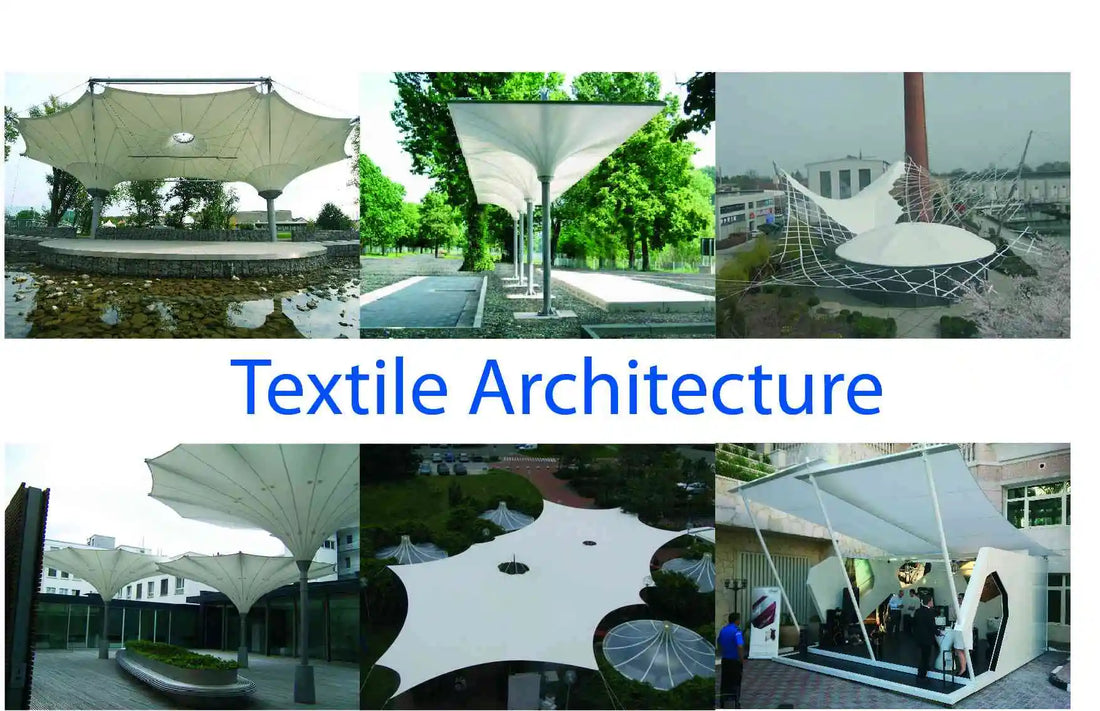
The Rise of Architectural Textiles: How Pleating is Reshaping Interior Design
Share
The boundaries between architecture, fashion, and textile design are blurring—and nowhere is this more exciting than in the world of architectural textile innovation. One of the most compelling techniques transforming contemporary spaces is pleating—a fabric manipulation once reserved for couture fashion, now redefining walls, ceilings, and acoustic solutions in architecture.

What Are Architectural Textiles?
Architectural textiles are engineered fabrics used in building design for functional and aesthetic purposes. These textiles are used in:
Interior installations (e.g., room dividers, acoustic panels)
Ceiling features and wall coverings
Exterior facades and tensile structures
They offer benefits such as light diffusion, sound absorption, flexibility, and customizability.
Why Pleating? The Design and Function Behind the Fold
Pleating adds more than just visual depth. In architectural applications, it provides:
Texture and Movement: Creates dynamic, sculptural forms that shift with light and perspective.
Acoustic Benefits: Increases surface area to absorb sound, improving room acoustics naturally.
Structural Versatility: Can be used on soft or semi-rigid materials to form panels, installations, or even freestanding structures.
Pleats allow designers to play with geometry, repetition, and form, resulting in truly immersive spaces.
Applications of Pleated Textiles in Architecture
1. Interior Acoustic Panels
Pleated textiles are excellent for sound management in open spaces like:
Corporate offices
Art galleries
Restaurants or cafes
Their design softens harsh echoes while adding modern elegance.
2. Wall and Ceiling Installations
From wave-like ceiling elements to structured wall panels, pleated fabrics create visual interest without overwhelming the space. These installations can be backlit or combined with smart lighting for futuristic effects.
3. Commercial and Retail Spaces
Brands use pleated textiles to define areas, create mood, or build unique sensory environments. This adds a high-end aesthetic that aligns with innovation and exclusivity.
Materials That Work Well for Pleated Architectural Textiles
Not every fabric responds well to pleating in architectural contexts. Ideal materials include:
Polyester blends – lightweight, durable, holds shape
Metallic textiles – reflect light, futuristic look
Nonwoven synthetics – for acoustic functionality
Fire-retardant fabrics – for public/commercial use
Each material is selected based on durability, form retention, safety standards, and design intent.

Sustainability in Architectural Textiles
Innovation isn't just about form—it's also about responsibility.
Many textile innovators are embracing:
Recycled materials
Eco-friendly dyeing and coating processes
Energy-efficient pleating methods
Sustainable pleating practices help reduce environmental impact while maintaining beauty and functionality.
Why Choose Custom Pleated Solutions?
Off-the-shelf designs rarely meet the creative vision of today’s architects and designers. Custom pleated textile solutions offer:
Unique patterns and geometry
Tailored sizing for specific installations
Coordination with color palettes and lighting plans
It’s not just fabric—it’s a design signature.
Conclusion: The Future Is Folded
Architectural textile innovation is rapidly advancing, and pleating is at the forefront of this design revolution. Whether it’s enhancing acoustics, adding dimension, or creating art within architecture, pleated textiles offer a perfect blend of function, form, and flair.
As designers seek new ways to personalize and elevate spaces, pleating proves that sometimes, the smallest fold can make the biggest impact.